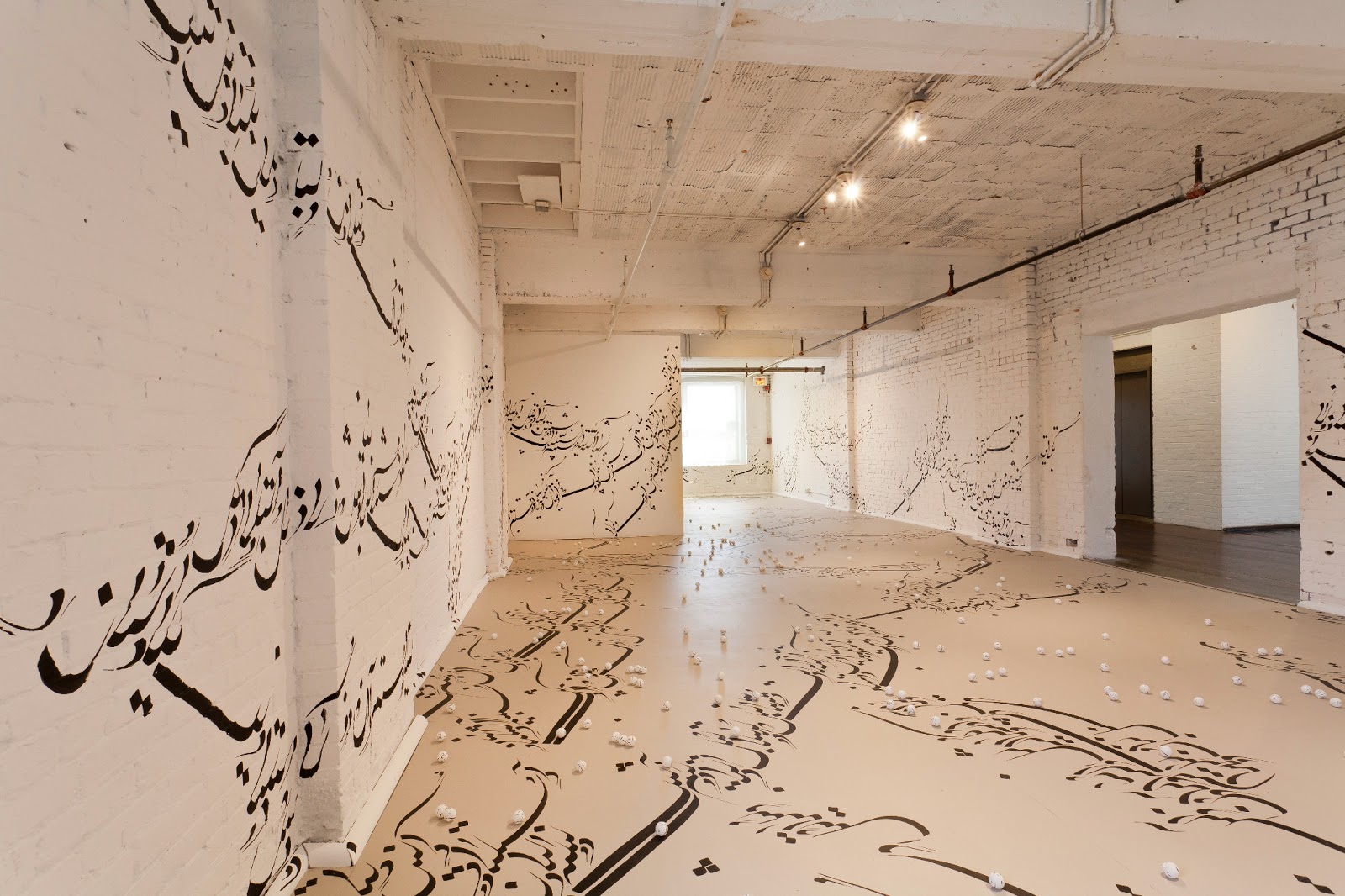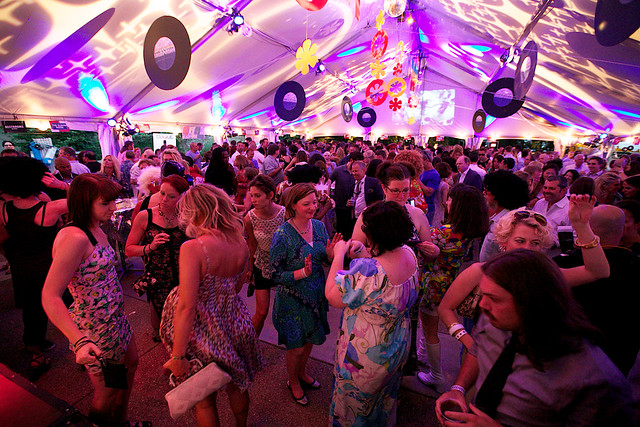Recently artist John Pena visited the Barack Obama Academy of International Studies to explore his process with the students there. This is what he had to say:
Over a series of twenty sessions, I worked with an art teacher named Donna Hetrick and eight of her advanced art students at the Obama Academy in East Liberty to create a series of site-specific installations throughout their school. During my first ten visits, we focused on shorter exercises that I created to help familiarize the students with installation art and the role that context plays in creating an installation.
The first exercise I gave them was to create a mini-museum that had to house five objects of great importance to them. It also had to be small enough to be stored on their body somewhere. One student painted tiny images of his objects on his keys. Another created a tiny paper house with small clay sculptures of her objects inside. We then took a field trip to the Mattress Factory and the students were impressed and challenged by what they saw. It left an indelible mark on them as they continued talking about it over the course of our time together.
Finally, each student had to pick a site in their school for which they were to propose a work of installation art. After they secured their site, Donna and I had them write up a proposal of their installation including all logistics, materials and motivations for their idea. This proposal had to be supplemented with preliminary sketches as well. Once their proposals were approved by the principal of the school, the students began creating their installations. The reactions to their installations were very positive. The student body began talking about them and it was exciting to watch the young artists explaining their ideas and approach to their peers. Below is a list of the installations with a quick description of each project.

Rina Matsuda
Title: Sun
Materials: Yellow paper & Tape
Description: Rina proposed to create a giant image of the sun using small pieces of yellow paper. It took about a month to install this project. Rina was trying to draw awareness to the one space in the entire school where there is an abundance of natural light.
Wendy Levenson
Title: G2G
Materials: Paper and Red Cellophane
Description: Wendy noticed that an exit sign on the 2nd floor of the school was missing its cover, so she decided to create a new cover using the language of text messaging instead of the traditional word “Exit.” This was an effort to address how much of a hurry everyone seems to be in during the school day. Wendy wanted to cause people to look at their environment more closely as well as create an installation that was enhancing or improving upon her school.
Myiya Peters
Title: Vines
Materials: Paint and Graphite
Description: Myiya wanted to create an installation that was always in a state of constantly growing and changing. Over two weeks time, she painted an image of a vine growing out of a hole in a pillar near the cafeteria. She expressed her concern about how there has been a hole in the pillar for a long time and it bothers her. So she decided to make something exciting emerging from it.
India Harper
Title: Bridge to Nowhere
Materials: Paper, Markers and Tape
Description: India’s idea stemmed from a quote from Barack Obama in which he states, “Excuses only build bridges to nowhere.” She wanted to visually represent this somehow so she took strips of grey paper and asked her friends and teachers to write an excuse on each piece of paper. Then after she collected well over 60 excuses, she used the paper to construct a bridge on the wall of the school. One side of the bridge is emanating from a students mouth while the other end of the bridge is collapsing.
Tommy Brewer
Title: Barriers to Water
Materials: String, Wood and Glue
Description: Tommy’s IB Diploma theme is clean water. He decided he wanted to create an installation that would draw awareness to how fortunate we are in the United States that we have easy access to clean water. So he suspended wiry string around a water fountain in the school to cause people to paused before they drink the water. Then there was a printed explanation of the project above the fountains.
























